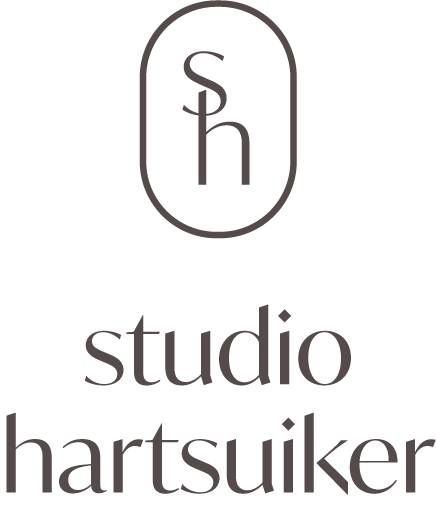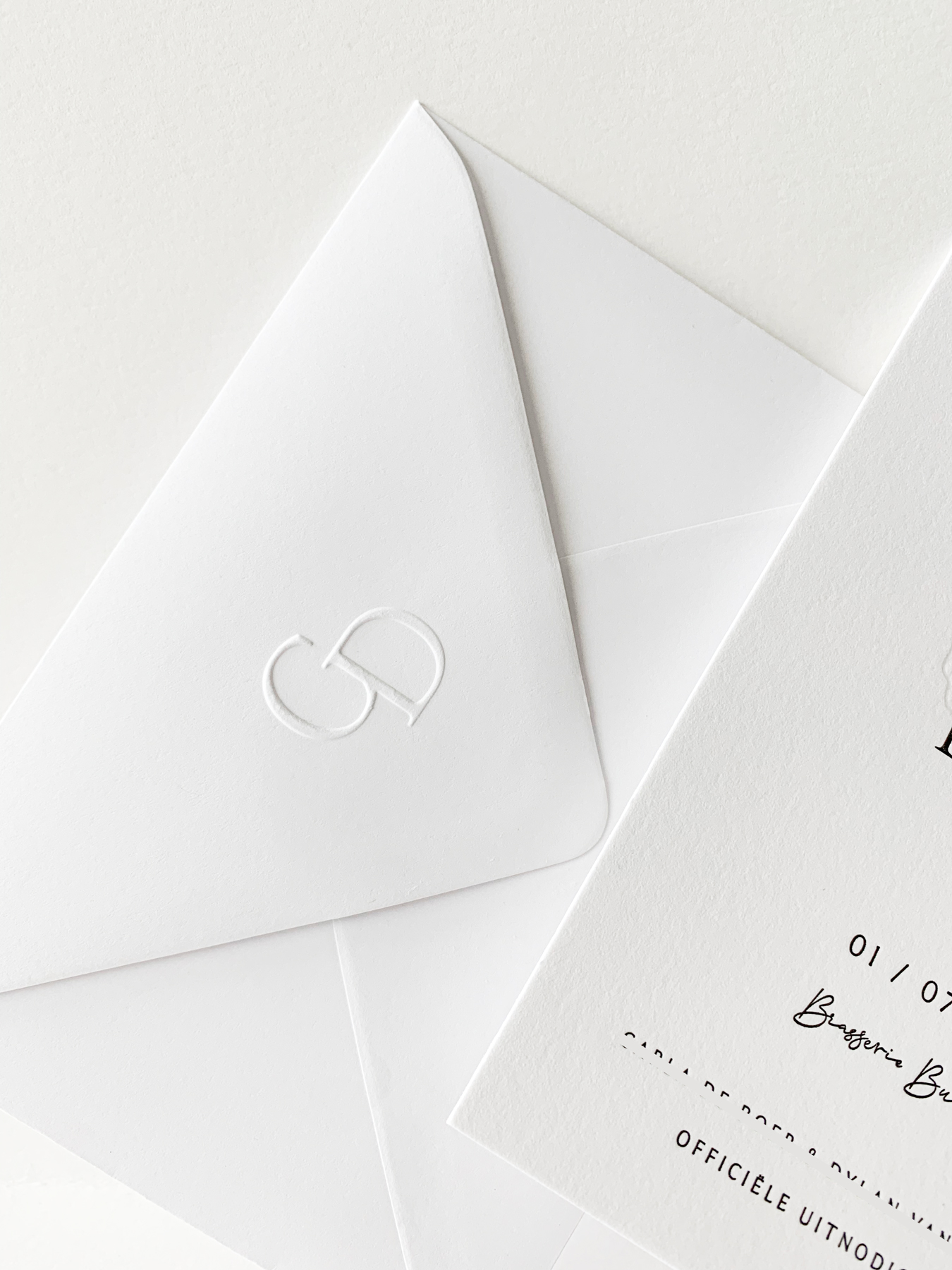
More than just an invitation;
it's the beginning of your love story
Precision & time
Letterpress is a time-intensive process that demands patience and precision. Each piece is individually crafted, and the printing process itself takes longer compared to more automated techniques.
Letterpress allows for a high degree of customization. I work closely with you to understand your vision, incorporating personalized details that make your wedding stationery truly one-of-a-kind. This level of individualized service, attention to detail and the meticulous nature of letterpress contributes to the overall cost.
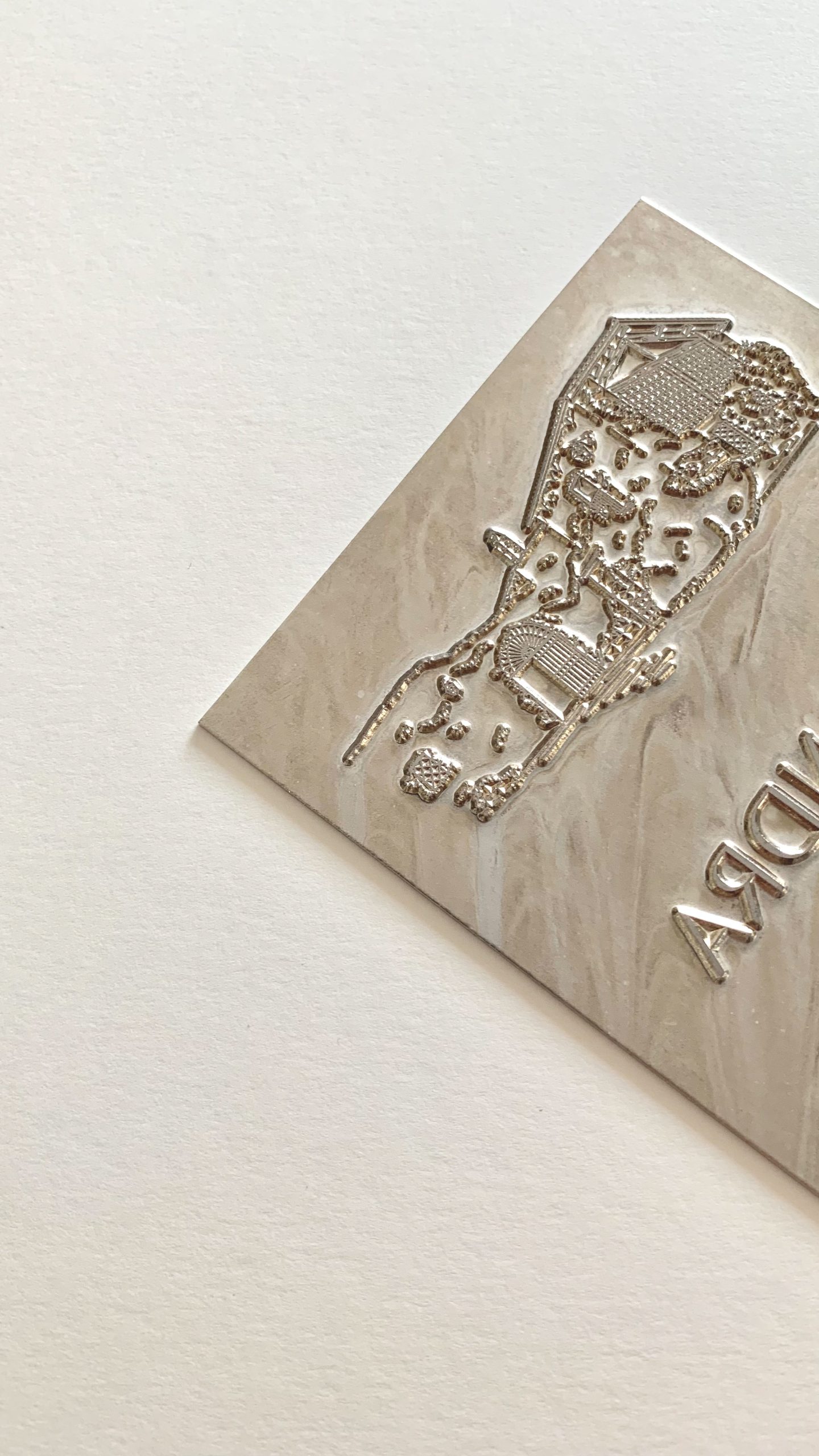
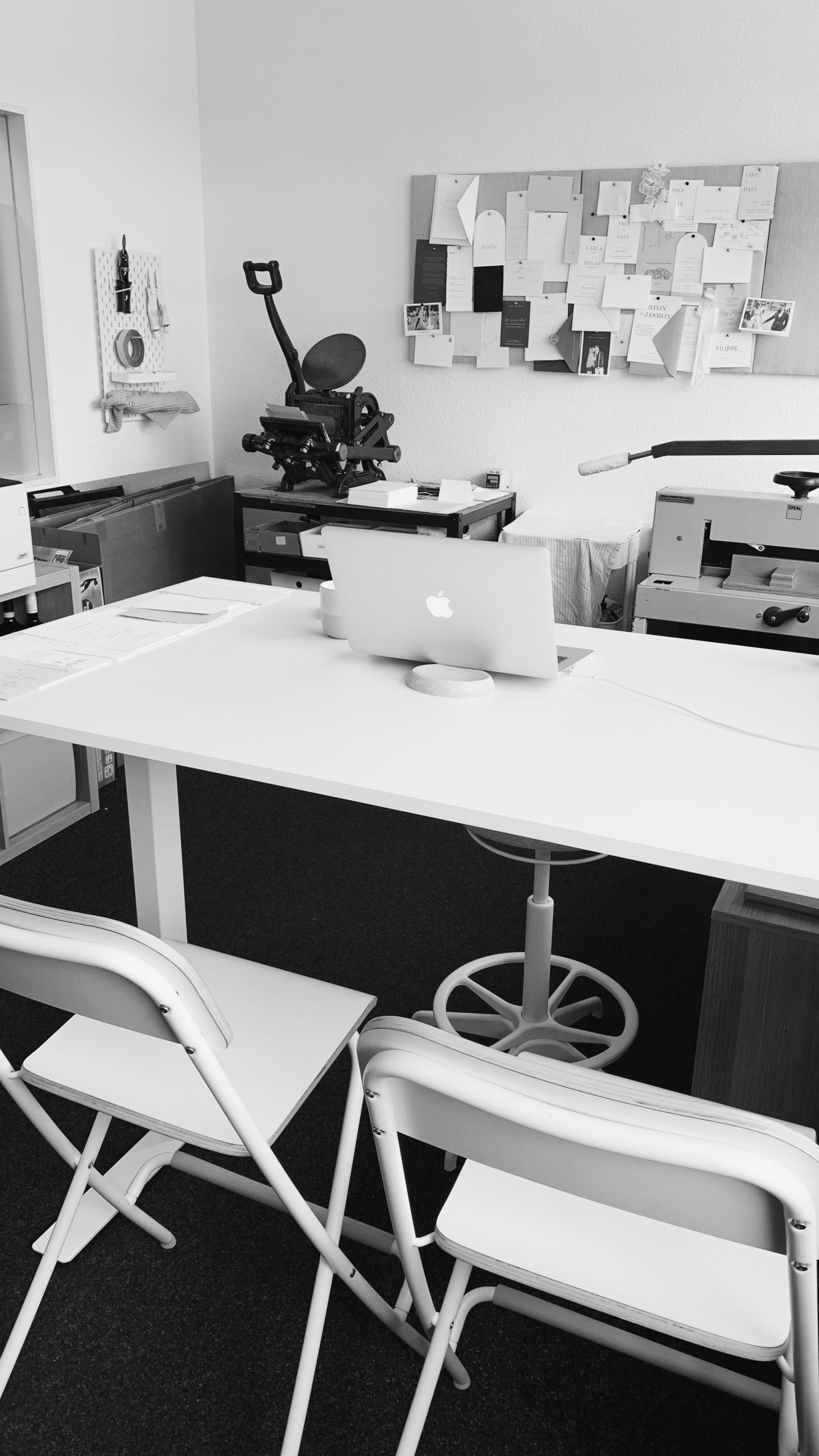
The Printing Process
Step 1. Design
Letterpress allows for a high degree of customization. I work closely with you to understand your vision, incorporating personalized details that make your wedding stationery truly one-of-a-kind.
|
Step 2. Plate Making
In modern letterpress printing, photopolymer plates are commonly used. These plates are created by exposing a light-sensitive polymer material to the design, which hardens in the areas where light hits it. After exposure, the unexposed areas are washed away, leaving a relief image on the plate. Metal plates can also be used, especially for more traditional letterpress printing.
|
Step 3. Ink Mixing
High-quality, oil-based inks are often used in letterpress printing. These inks can be mixed to achieve specific colors. The ink needs to have the right consistency and tackiness for proper transfer to the paper during the printing process.
|
Step 4. Paper Selection
The choice of paper is crucial in letterpress printing. Thick, high-quality papers are commonly used to absorb the ink and create a deep impression. The texture and weight of the paper contribute significantly to the tactile and visual appeal of the final product.
|
Step 5.Printing Press Setup
The letterpress printing press is set up with the prepared plates and paper. The plates are mounted on the press, and the paper is carefully positioned. The press exerts pressure on the paper, transferring the ink from the raised surface of the plates to the paper.
|
Step 6. Printing
During the printing process, each piece of paper is individually fed into the press. The press applies pressure, causing the inked plates to make direct contact with the paper, leaving a deep impression. This results in a visually and texturally rich print with a unique and elegant appearance.
|
Step 7. Drying and Finishing
After printing, the ink needs time to dry. The printed material may go through additional processes such as cutting, scoring, or perforating to achieve the desired final format. The drying process can take some time due to the nature of the thick inks and absorbent papers used in letterpress.
Semi-Custom pricing
Semi-custom designs are pre-made templates that allow for certain levels of personalization, such as changing colors, fonts, and limited design elements. However, the overall structure and layout remain fixed. This approach reduces design time and, subsequently, the cost compared to fully custom designs.
A semi-custom wedding invitation starts from € 950
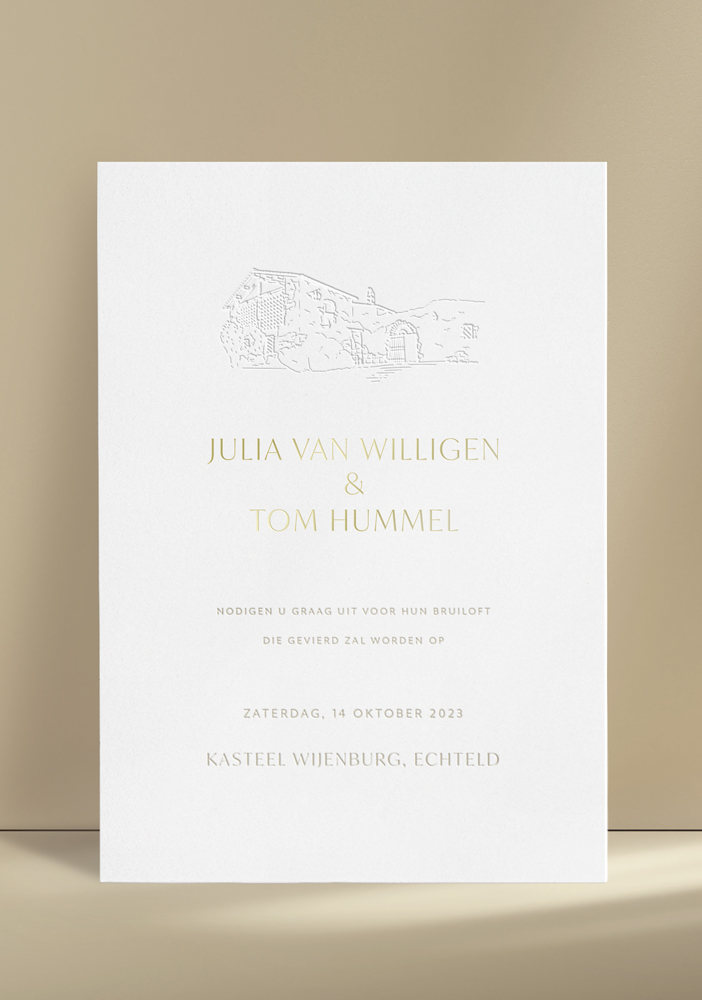
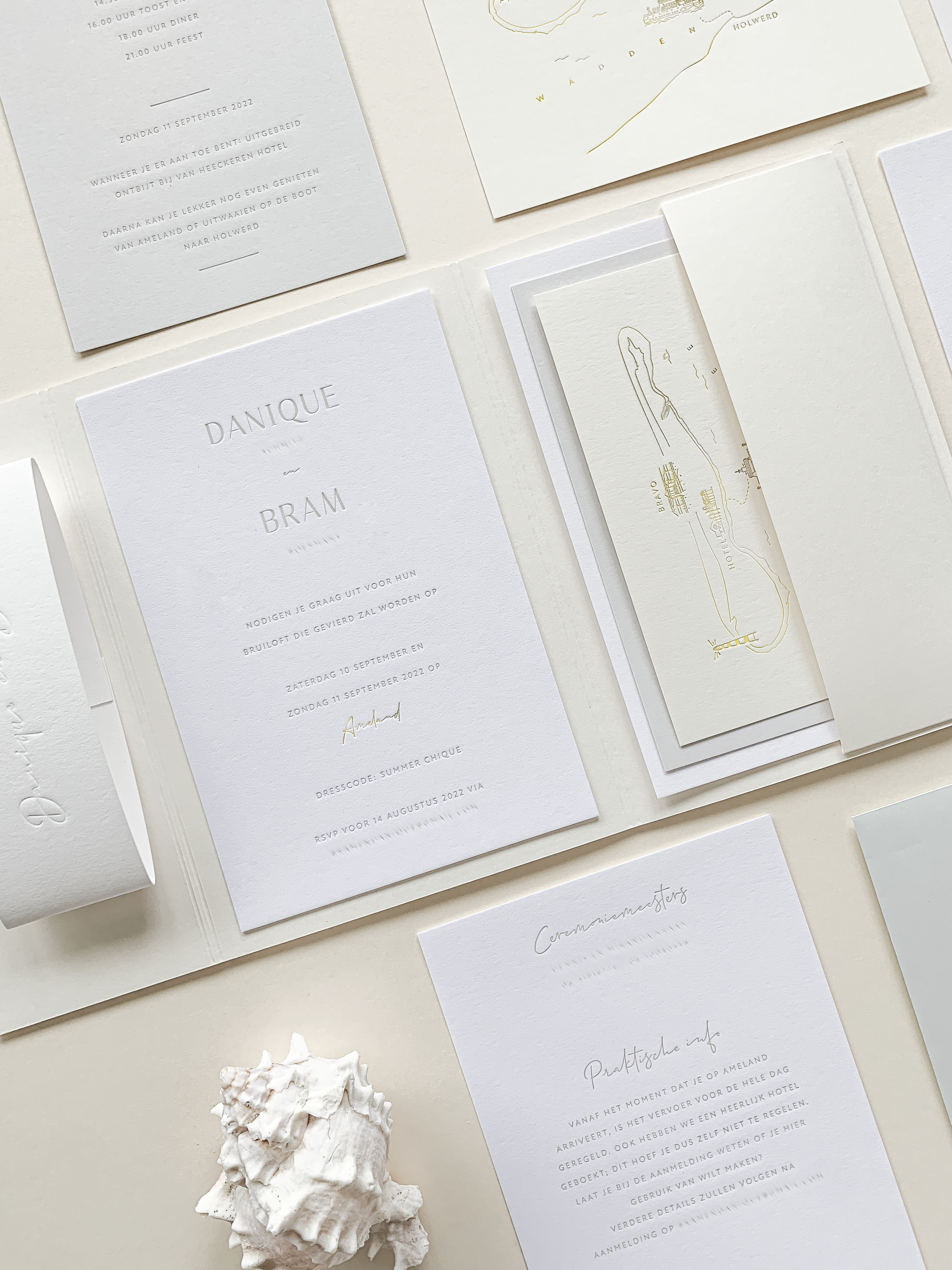
Custom pricing
This involves creating entirely unique designs tailored to the specific preferences, theme, and details provided by the couple. The design process is more extensive and personalized, often starting from scratch or incorporating unique illustrations, colors, and layouts.
A custom wedding invitation starts from € 1600
